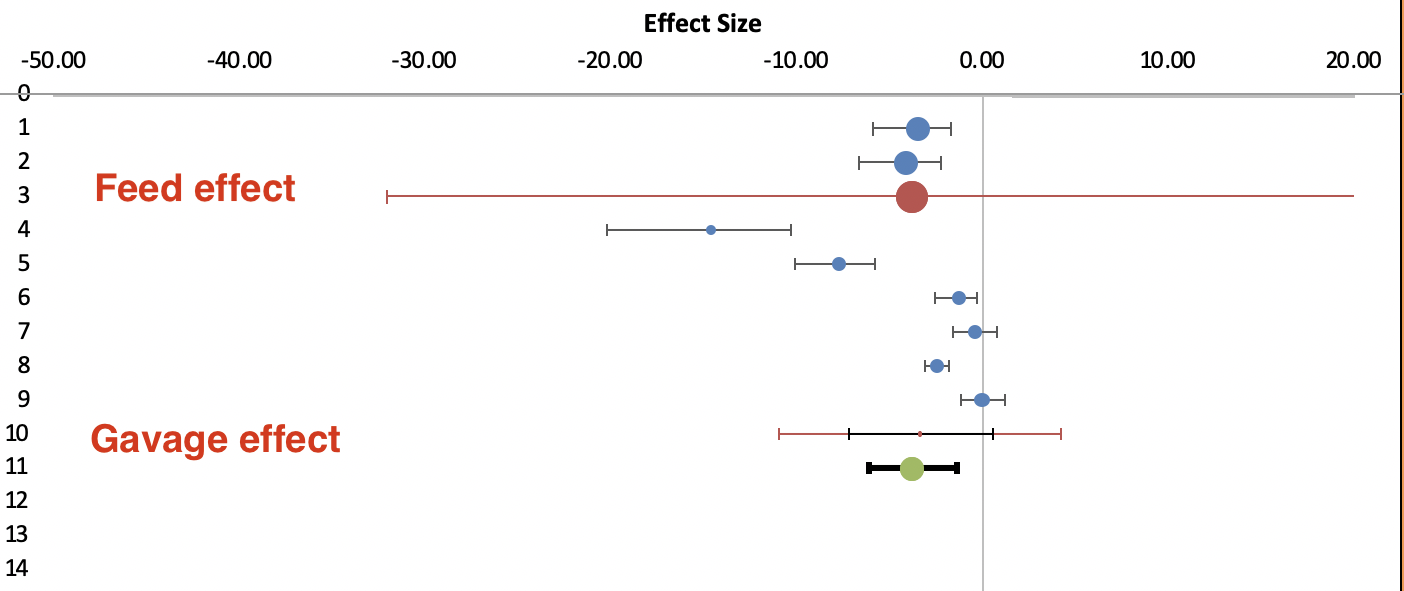Hormone disruption - A rats tale
NOAEL is valid ?
Whilst completing my research I’m finding it hard to create time for longer blogs so will focus on smaller posts when I come across useful information that folks might like. Yes I know the first picture is a mouse, and that James Cagney was not the dirty rat.
Assessing the effects of endocrine disrupting chemicals (EDC) appears easy on paper. You apply a chemical at a low dose, observe its effects and keep increasing said dose until an effect is observed. Often a suggestion that no effect is seen or NOAEL (No observed adverse effect level)) is recorded but problematic (Maeda et al., 2021).
This study is the first to analyze the neurobehavioral effects of fetal and lactational exposure to a NOAEL dose of CLO on mice at different developmental stages. The results show that CLO inhibits neurogenesis, disrupts signaling, and increases anxiety-like behavior in the juvenile period and locomotor activity in adulthood.
However, this concept has come under scrutiny over the last decade or so. EDCs appear to influence mammalian physiology at much lower doses, especially so when they interact with other EDCS (Hill, Myers, & Vandenberg, 2018). Given the billions of tons of EDCs that have been produced, the potential of interaction and disruption is vast.
The capacity for confounding effects is also large. Over the last year or so I’ve been looking at specific EDCs, in this case brominated flame retardants (BFRs) and their capacity to alter thyroid physiology. Notably T4 or thyroxine (in both total and free forms) appears to be the most consistently altered form, then T3 and less so thyroid stimulating hormone or TSH. Recently I was asked to run a subgroup analysis (literally an analysis, of the analysis already conducted by looking at another variable) on a meta-analysis that had already been completed This analysis was evaluating the effects of gavage or force feeding an EDC versus having it mixed up with rodent chow or dried into wafers and fed. You might be thinking how can the way a subject is fed influence how hormones are disrupted? I’ve summarised the main points from a paper by Vandenburg et al (Vandenberg, Welshons, Saal, Toutain, & Myers, 2014) detailing the differences.
· The exposure to the oral mucosa with feed, allows a significant amount of unconjugated EDC to enter the blood stream avoiding the intestinal absorption and liver first pass metabolism, which should make pollutants less problematic.
· Use of gavage is prone to damage to the esophagus
· Restraint and force feeding have been shown to increase the hormones of the stress response pathway, particularly related to HPA, notably cortisol.
· Blood and brain concentration of EDCs appear lower in gavage rodents
· Oral exposure increases more bioavailable EDCs
· Rodents possess more keratinise mouths than humans. Therefore, absorption profiles are increased.
Put your hand up if you feel like you’ve been treated as a laboratory rat over the last few years, man handled by large bodies, and attempted to be force fed an agent that disrupts physiology. You can get the idea of how rodents used in in hormone disrupting studies might feel. The empathy is real and tangible I’m sure. This brings me back to my original analysis around TSH values which rarely changed. The HPA axis is not disconnected from the HPTGA axis (Hypothalamic-pituitary-thyroid, gonadal adrenal axis or other aspects of function. Thyroid hormone values are affected by chronic stress, production of the stress hormones like adrenaline, cortisol, prolactin and more. If both T4 and T3 use is decreased, TSH values may show little change, which becomes more pertinent when specific transport mechanisms of thyroid carrier proteins, and molecular docking mechanisms of thyroid hormones are disrupted. More T4 and T3 can often appear in the blood, therefore the pituitary will fail to respond and increase TSH.
Below are the results of the sub group analysis. The T3 analysis ( overall effect size -3.79 (CI -6.15 – 1.42) is limited more so than the T4 (effect -3.48 (CI -6.17 -0.79) as it has less feeding studies, so suffers from limited data but little difference existed between delivery. But you can see that delivery of a hormone disrupting pollutant makes the difference when it comes top evaluating how the endocrine system is disturbed. It also stimulates the valid question. How reliable are older studies conducted using gavage methods? Details matter.
References
Hill, C. E., Myers, J. P., & Vandenberg, L. N. (2018). Nonmonotonic dose–Response curves occur in dose ranges that are relevant to regulatory decision-making. Dose-Response. https://doi.org/10.1177/1559325818798282
Maeda, M., Kitauchi, S., Hirano, T., Ikenaka, Y., Nishi, M., Shoda, A., … Hoshi, N. (2021). Fetal and lactational exposure to the no-observed-adverse-effect level (Noael) dose of the neonicotinoid pesticide clothianidin inhibits neurogenesis and induces different behavioral abnormalities at the developmental stages in male mice. Journal of Veterinary Medical Science. https://doi.org/10.1292/jvms.20-0721
Vandenberg, L. N., Welshons, W. V., Saal, F. S. V., Toutain, P. L., & Myers, J. P. (2014). Should oral gavage be abandoned in toxicity testing of endocrine disruptors? Environmental Health: A Global Access Science Source. https://doi.org/10.1186/1476-069X-13-46



